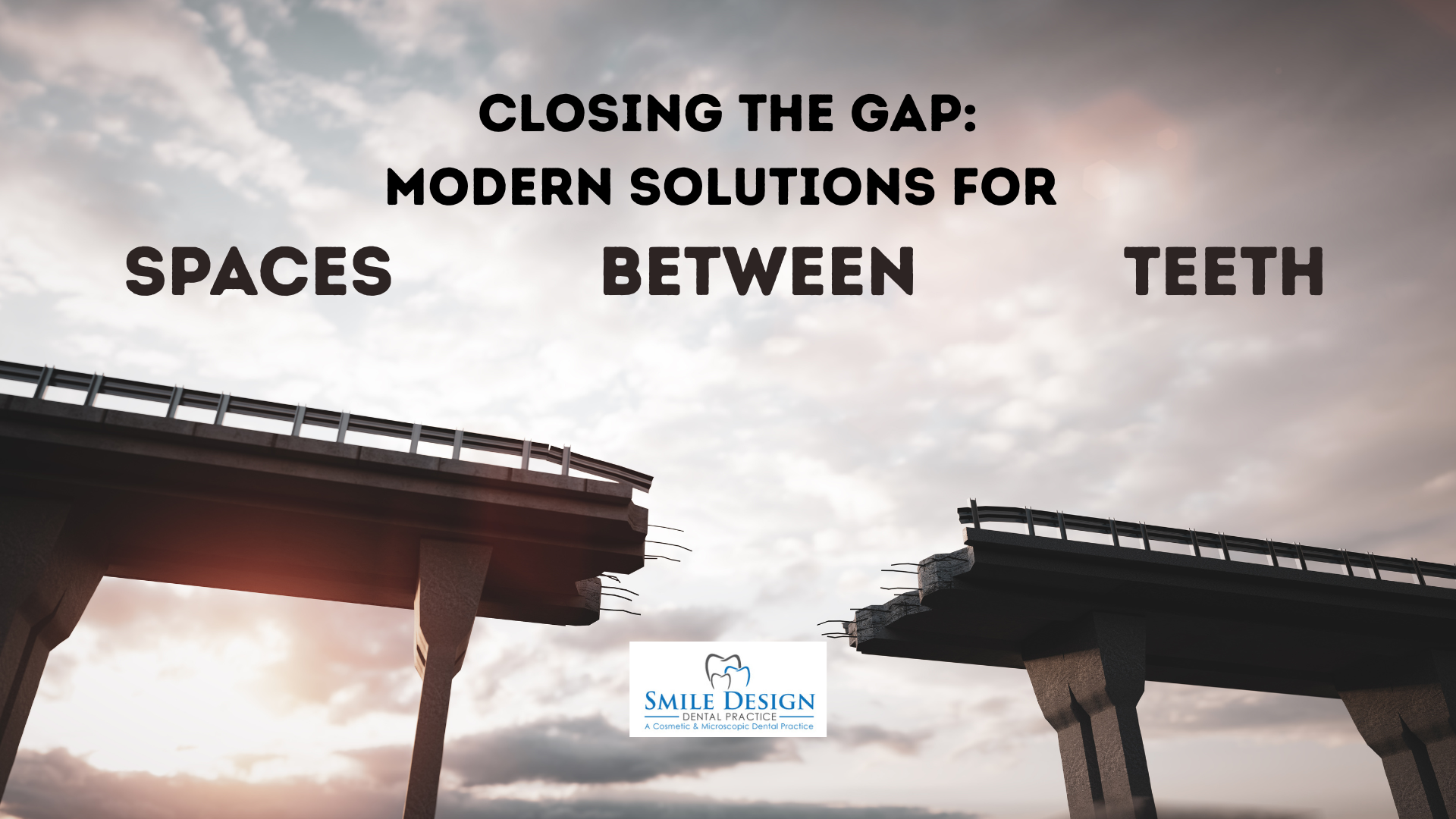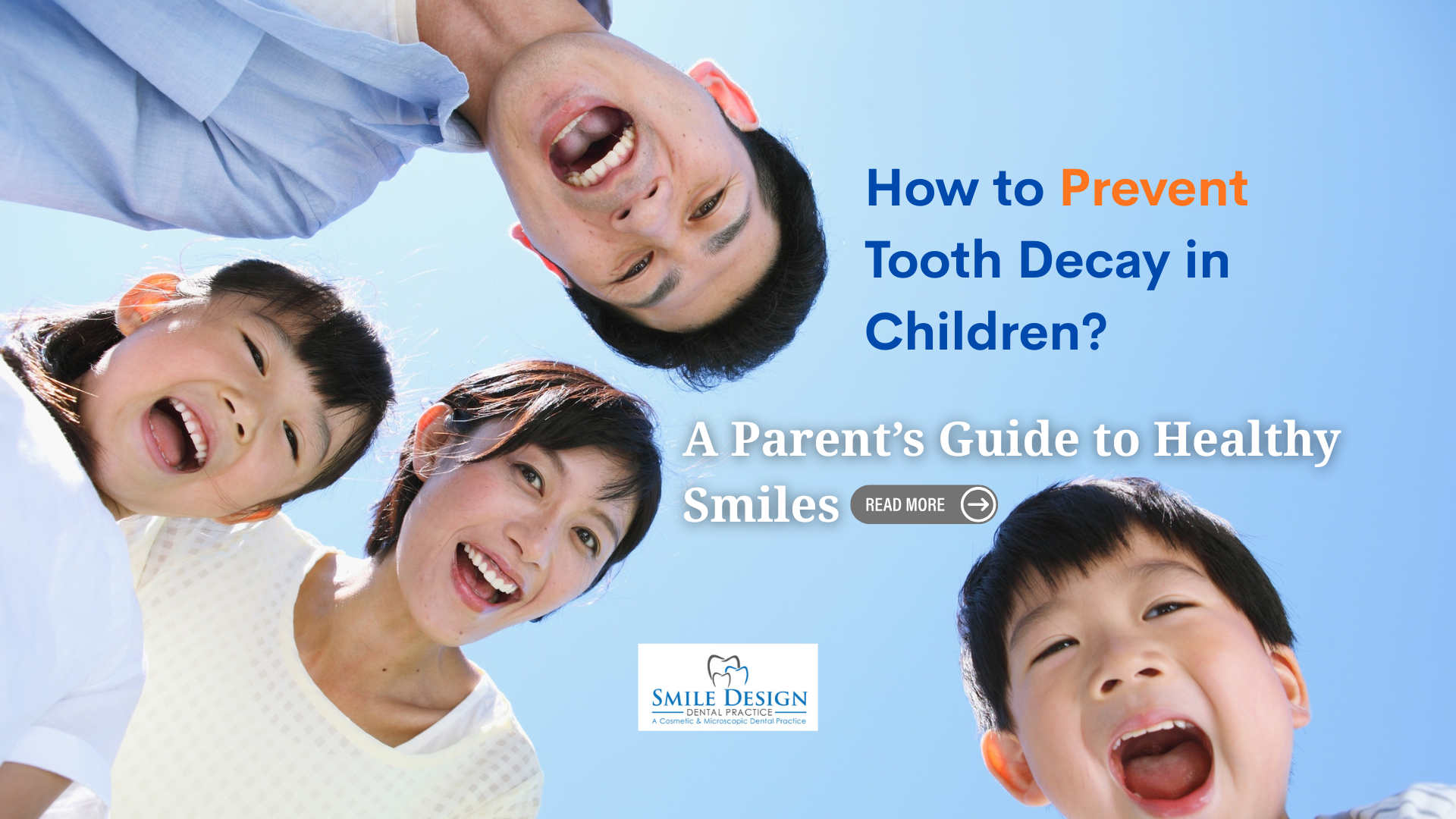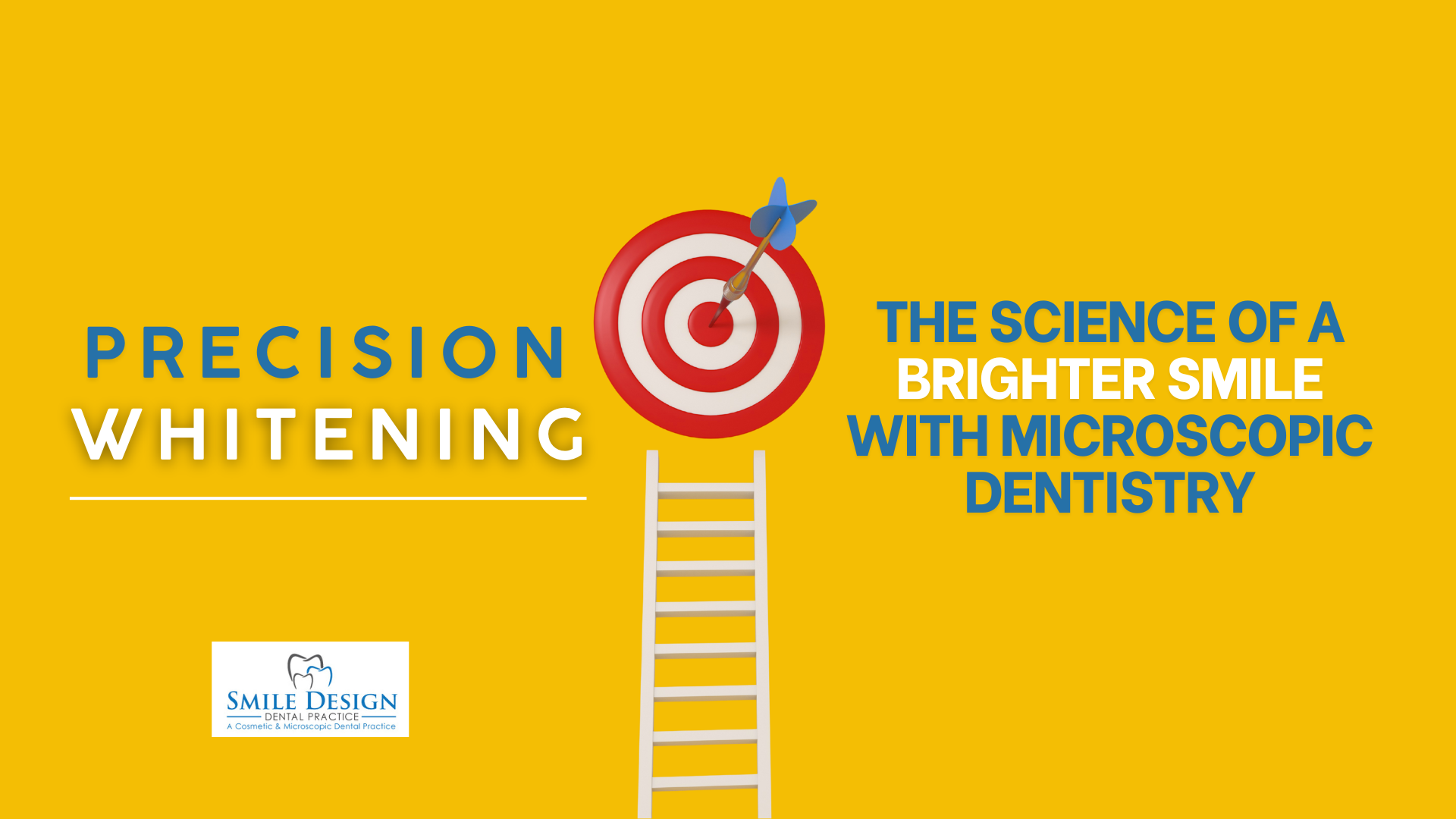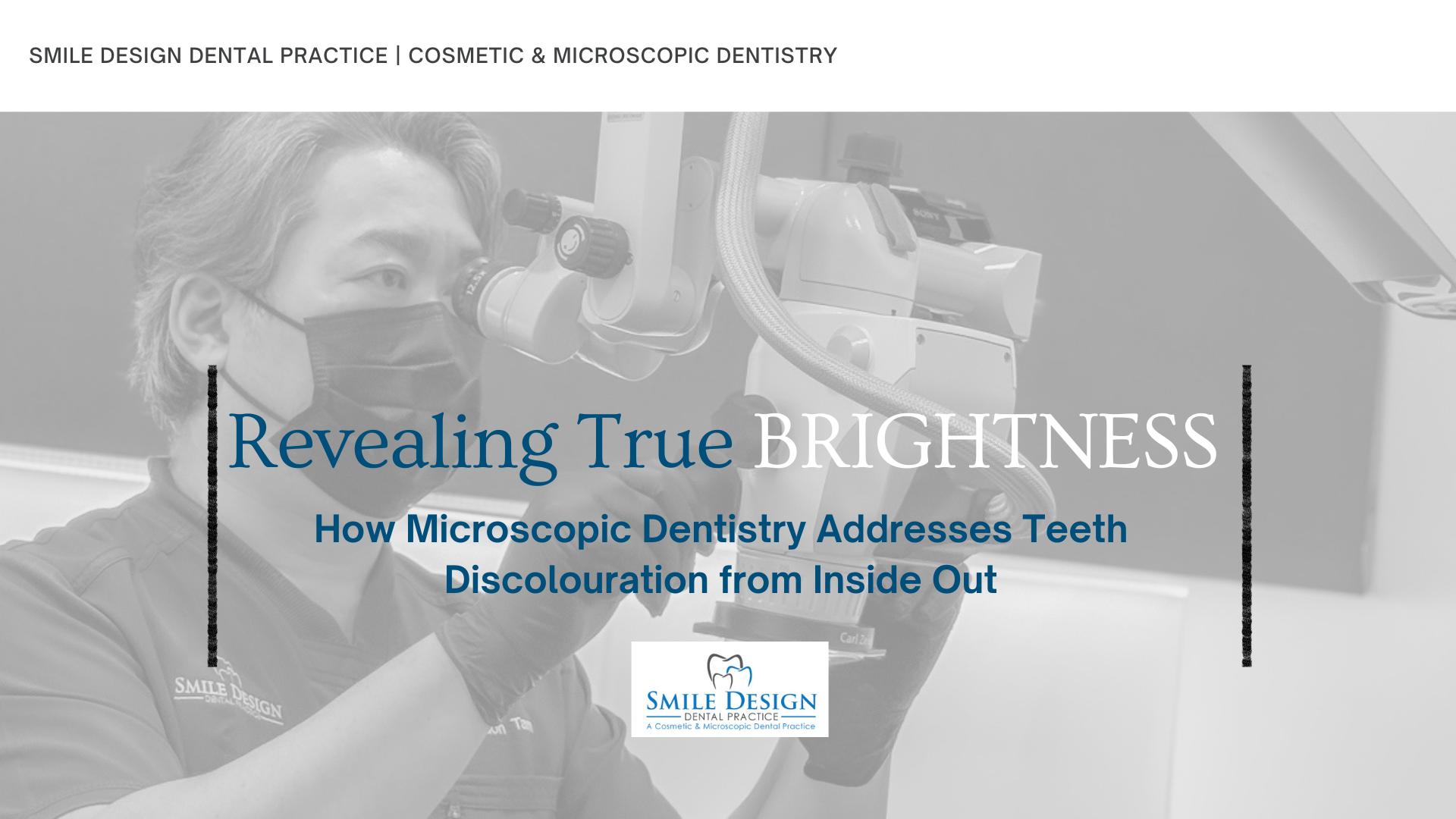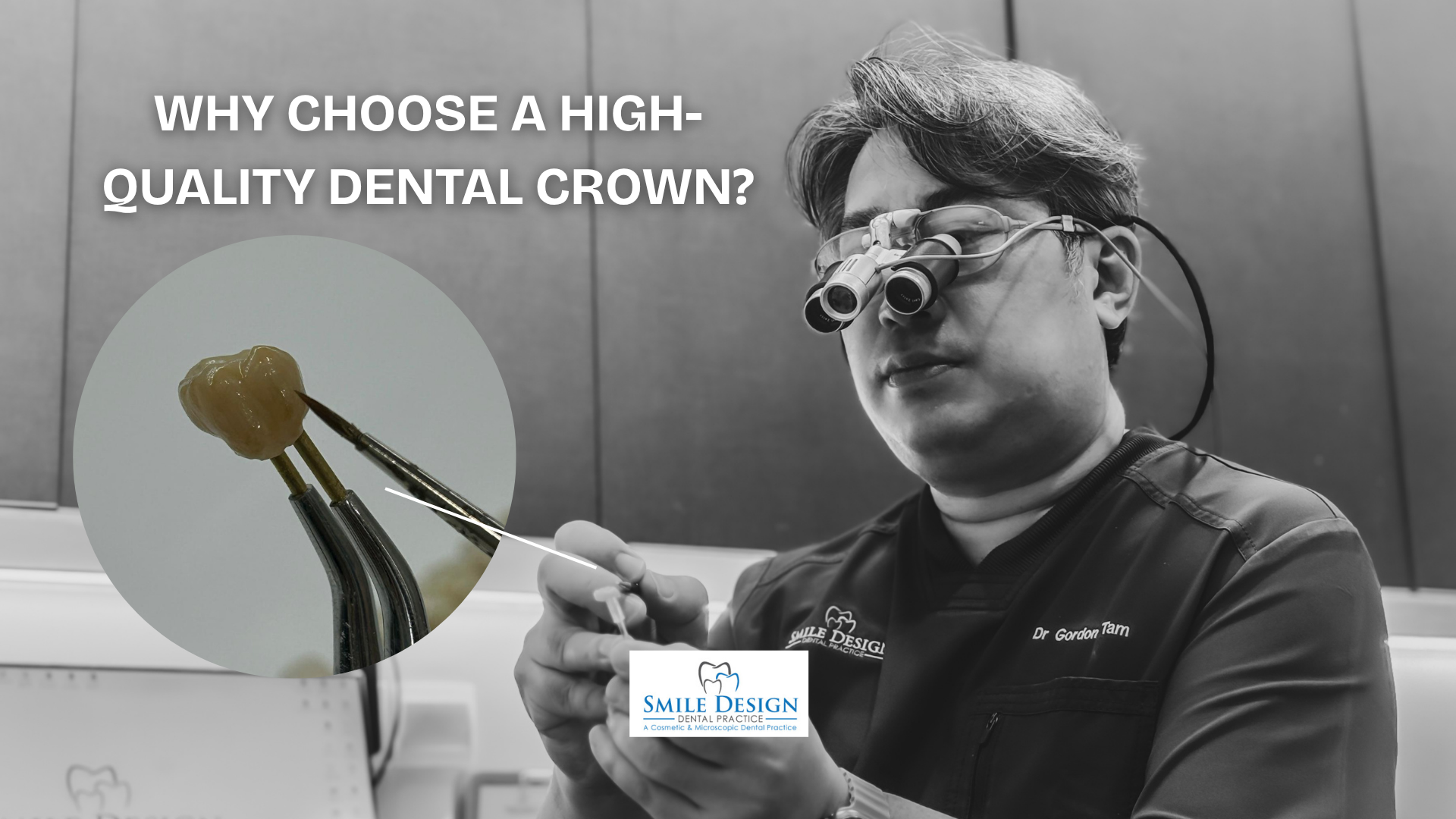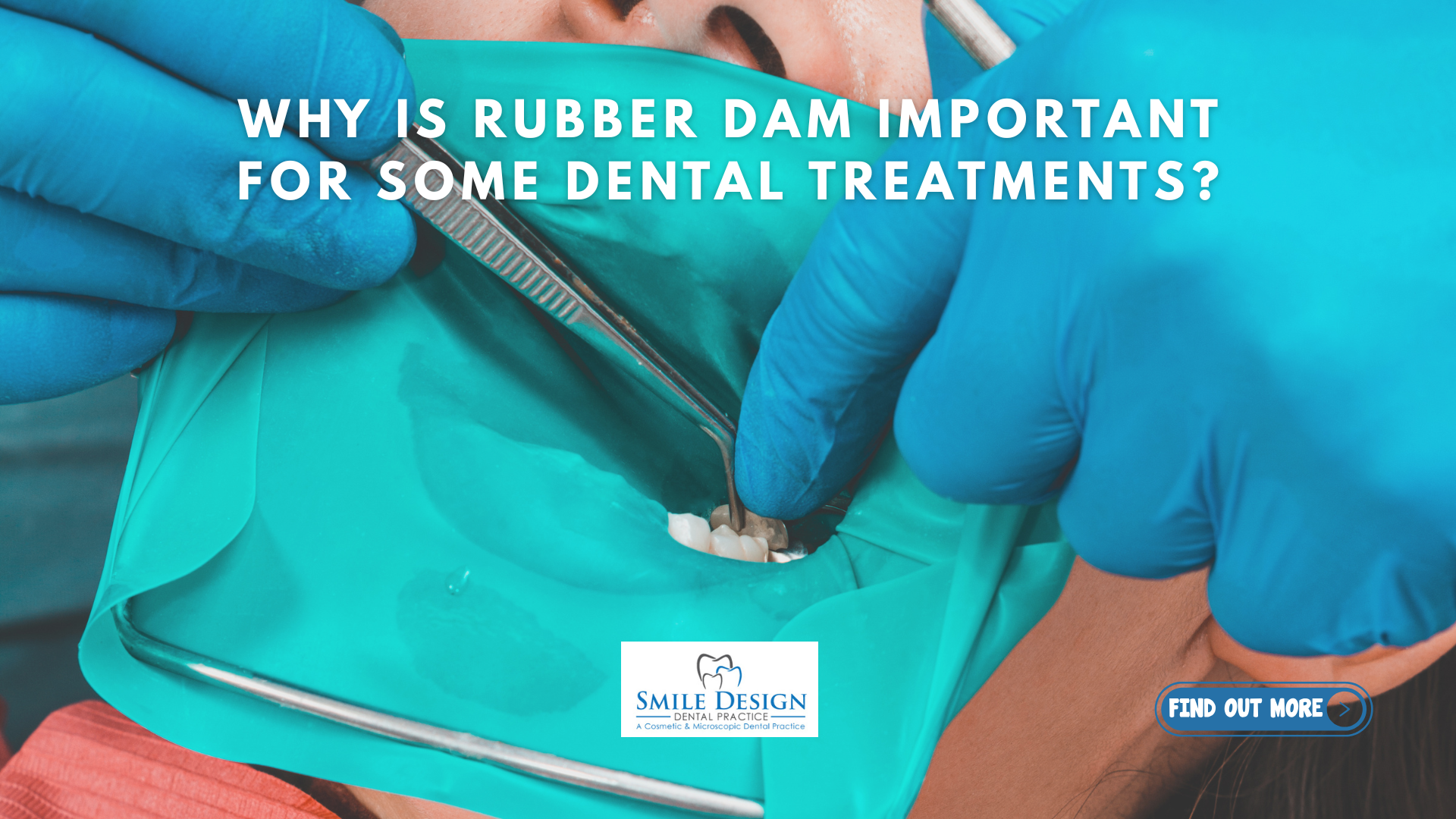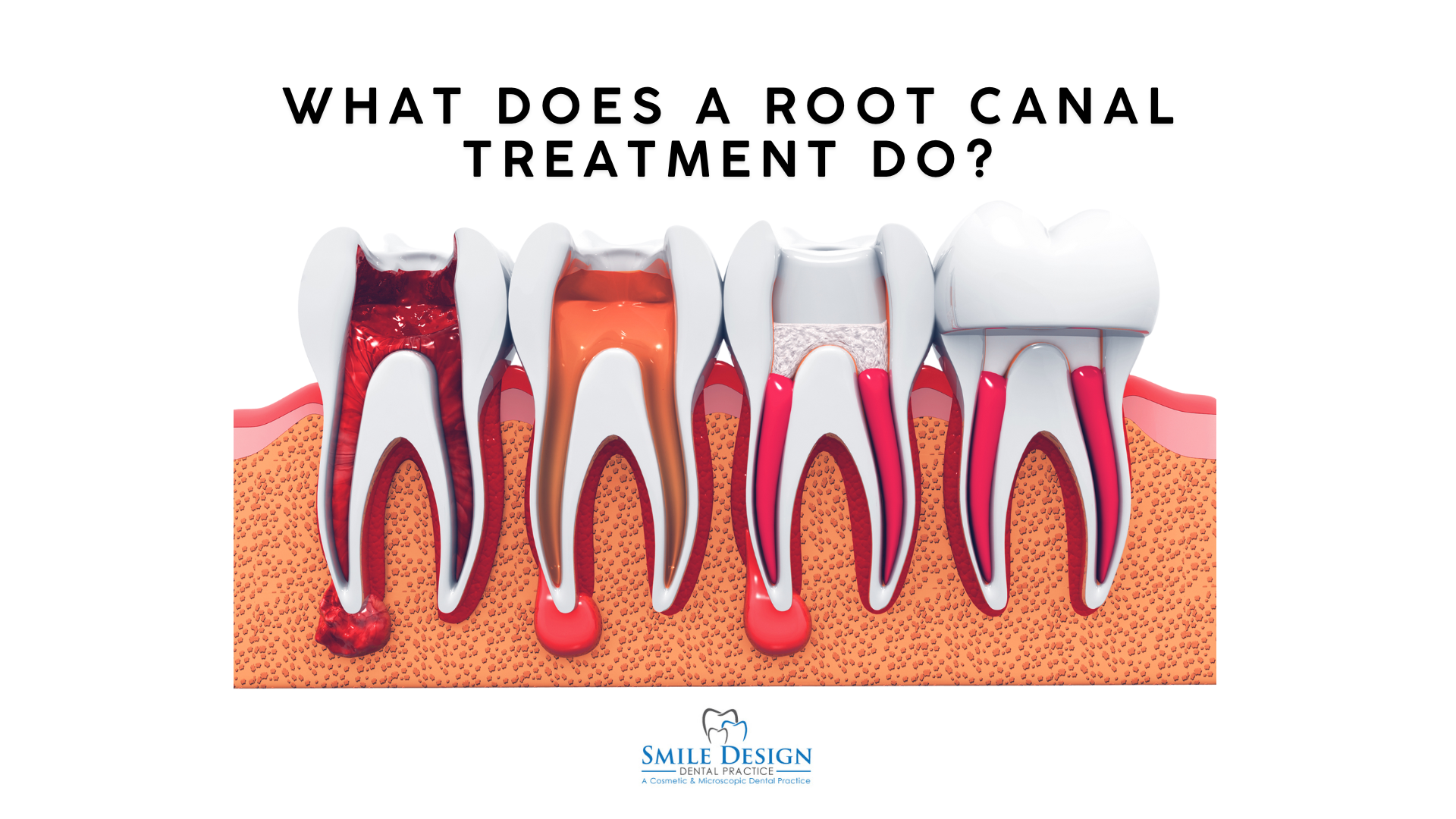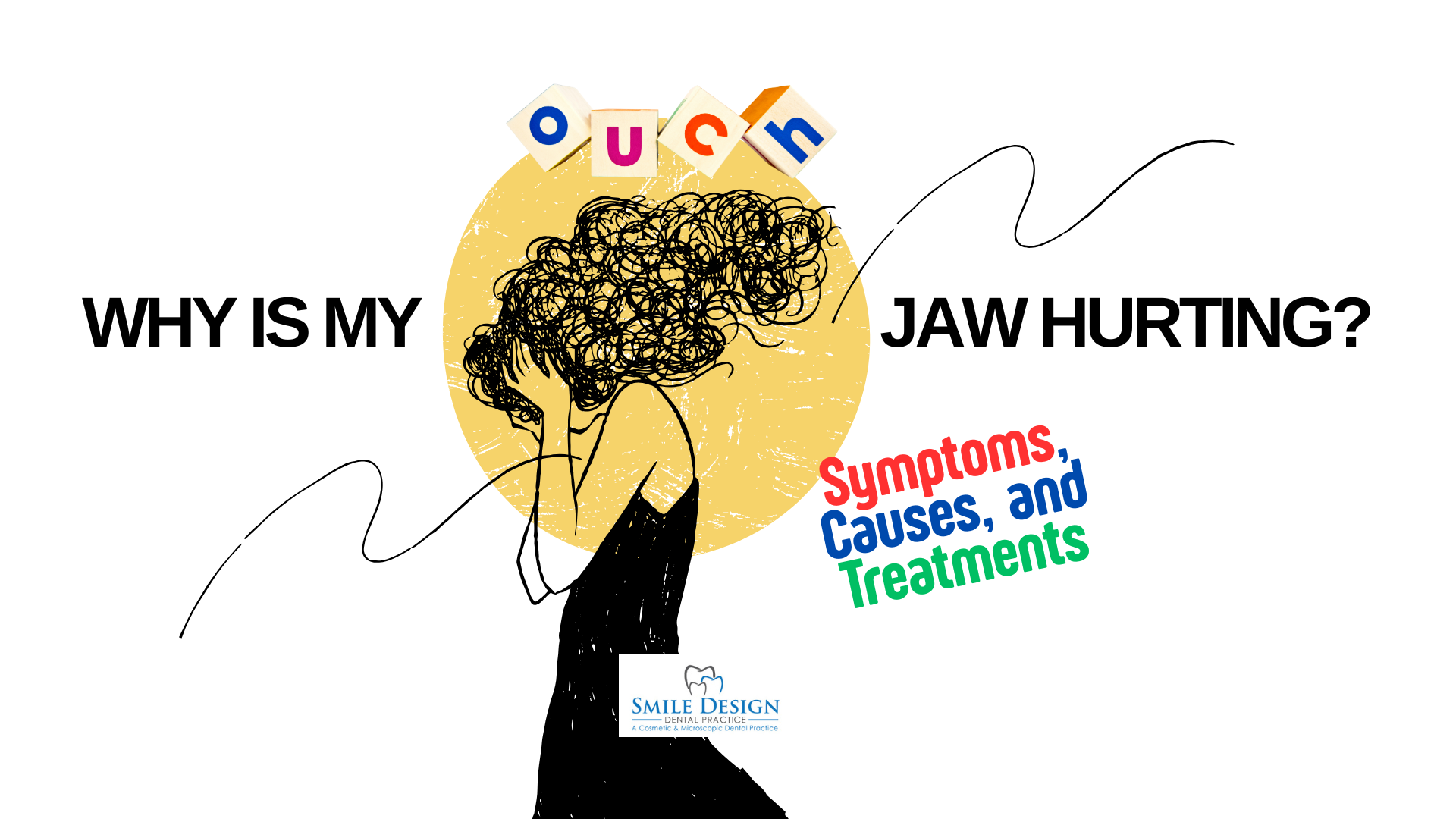10 main causes of food trap
Food trap is one of the most common complains we heard. Frequent food trap cause gums inflammation and may eventually lead to tooth decay.
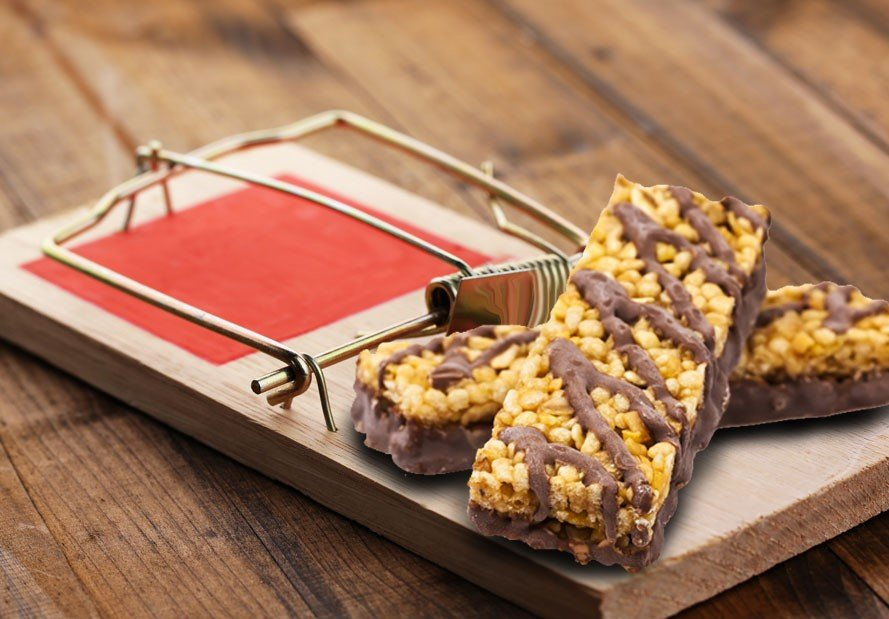
- Space in between teeth
- Our teeth are grown side by side to create close contact so that food does not get stuck in between. Our teeth shift over time. It may be due to daily wear and tear as well as arising from teeth grinding issues. At times where 2 teeth have loose contact, that will create the food trap issue.
- Teeth alignment issue
- When our teeth are not properly aligned, food gets trapped in between ‘odd nooks and gaps’ in between our teeth.
- Cavity in between teeth
- Cavity is formed when there is decay. As the decay progresses, it creates a hole on the tooth surface, in this case in between 2 teeth. Very often when there is a food trap, decay happens to both teeth structure.
- Broken/ chipped tooth
- When a tooth or the existing filling broke, it creates a space in between our teeth that will cause the food trap. Usually, there will also be sharp and uneven edges that make cleaning difficult.
- Gum recession and bone loss in between teeth
- As the gum recedes, it creates space in between the teeth. The space will be a perfect place for a food trap during meals.
- Tooth supra-eruption
- First of all, when there is a loss of a tooth, the tooth at the opposite jaw will start to move from the occlusal (surface) plane. Usually, it is more prominent to see the loss of the lower tooth and the upper tooth seems to ‘grow longer’ than the neighboring teeth. When the tooth ‘grows longer’ the concavity of the roots will cause the food trap as the contact with the neighboring teeth is lost.
- Impacted tooth
- An impacted tooth is a tooth that is unable to emerge through the gums. In many circumstances, this is difficult to clean and cause food trap issues to occur.
- Partially erupted tooth
- Partially erupted tooth commonly caused food trap around the surrounding gum tissue causing irritation and frequent inflammation to the gums. If left untreated, the gums will swell and the tooth will decay due to the bacteria from the food trap.
- Over contour or overhang filling/crown
- An over contour filling/crown is a poorly-shaped restoration that encourages the food trap as a result. There are ‘plaque trapping’ areas in between the teeth due to over contour or overhang when food passes through and traps in between, the debris of food promotes the growth of bacteria which in return causes gums to swell and tooth decay.
- Defective filling/crown
- When a filling or crown is defective (or chipped), it not only allows bacteria to ‘sip through’ the gaps, it also traps food debris. We have patients sharing their concerns about the increase in food trap incidents due to recently chipped filling.
How do you get rid of the food trap?
At Smile Design Dental Practice, we often have patients feedback their concerns about food trap and looking for solutions. There are short term and long term solutions that you can seek out for.
Short term solution
Brush and floss after eating - For those who have yet to see a dentist find out the causes of your food trap, on a daily basis, you need to brush and floss after eating. This is to remove any food trapped in between your teeth to prevent possible gums inflammation and tooth decay eventually.
Over-The-Counter Water flosser - It is an easier and more effective method of flossing compared to the conventional string floss. The water flosser comprises of air and water, allowing the air pressure combining with water to ‘floss’ through, clearing the food debris in between the teeth and underneath the gums.
Long term solution
While many of us have food trap issues, solutions for every individual may vary. We strongly recommend you to seek professional help by seeing a dentist to find out the source of your food trap issue. It may be more than one cause. In Smile Design Dental Practice, our doctors will conduct a detailed tooth-by-tooth examination, with the intraoral camera and dental microscope, we are able to capture tiny details and close-up views of your oral conditions.
After the examination, our doctors will present to you the findings and update you with your current oral condition. A customized treatment plan will be clearly explained with the treatment options, fees and time required.
